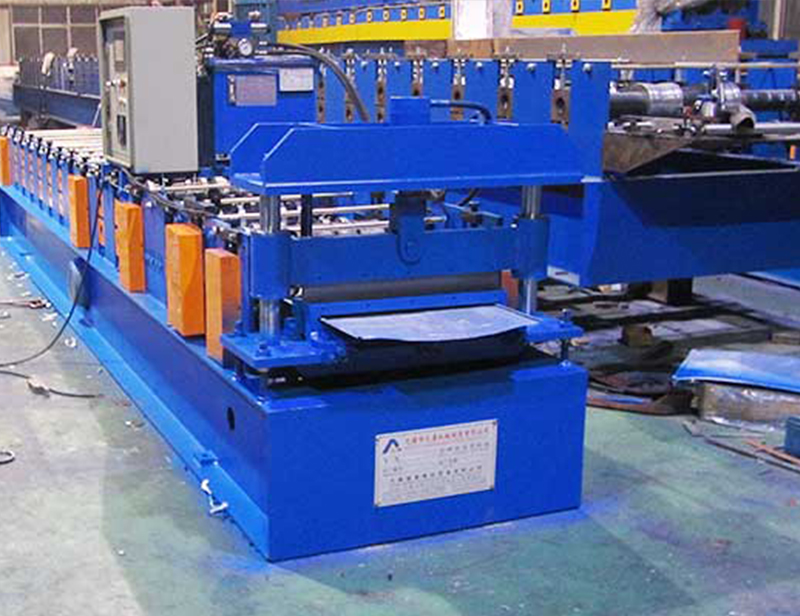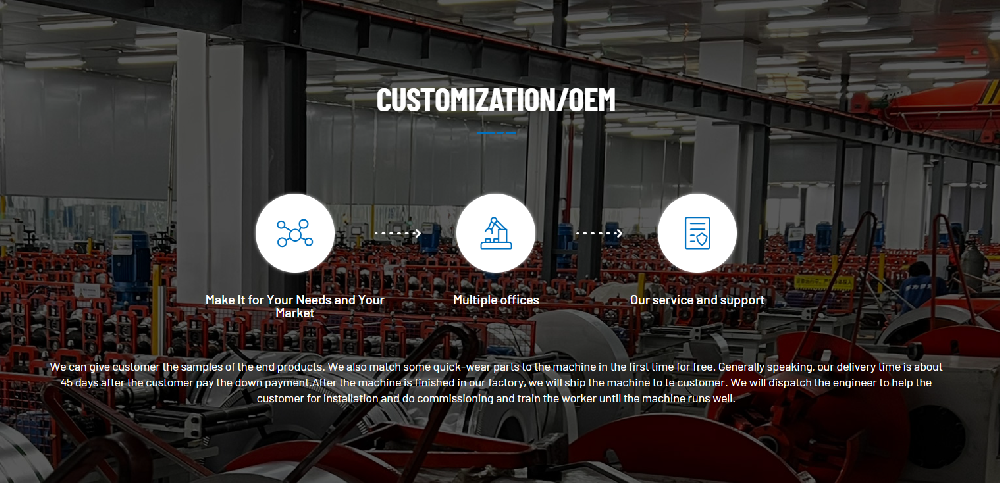Navigation Menu
Contact Us
- Email:
- info@wxavatar.com
- Address:
- Yurong Village, Yuqi Street, Huishan District, Wuxi, China.
Release Date:Jun 13, 2025 Visit:46 Source:Roll Forming Machine Factory
In recent years,many states across the country have begun to update their highway guardrail standards. This shift is driven by a combination of safety evaluations, evolving traffic conditions, and the need to align with updated national guidelines. Understanding the reasons behind these changes can provide valuable insights into the ongoing improvements in road infrastructure.

Addressing Safety Performance
One of the primary reasons states are revising their guardrail standards is the continuous focus on improving road safety. Data collected from traffic incidents has highlighted areas where older guardrail designs may not perform as expected in specific collision scenarios. Modern crash testing has provided new information about vehicle-guardrail interactions, prompting states to reconsider how current systems handle different types of impacts.
Adapting to Changes in Traffic Patterns
Traffic conditions have changed significantly over the past decades. The number of larger vehicles on the road, such as SUVs and trucks, has increased, and highway speeds in some areas have been adjusted. These changes can influence how effective guardrails are in real-world situations. States are now taking these updated traffic patterns into account to ensure that guardrails provide sufficient protection for a wider range of vehicles and driving conditions.
Aligning with National Standards
National agencies periodically update guidelines related to road safety and infrastructure. For example, the Manual for Assessing Safety Hardware (MASH) provides updated criteria for crash testing roadside safety features. Many states are working to align their guardrail systems with these revised national standards to ensure consistency and improve overall road safety performance.
Improving Material and Design Specifications
Advances in materials and design techniques have opened the door for more effective and durable guardrail systems. States are using this opportunity to introduce designs that are easier to maintain, perform more reliably under various conditions, and offer better long-term stability. These updates can also reduce the need for frequent repairs and contribute to more efficient highway management.
Responding to Field Data and Feedback
Practical experience from maintenance teams, accident reports, and on-site evaluations often reveals valuable information about how existing guardrails perform. States are increasingly using this field data to make informed decisions about which designs to update or replace. Feedback from these sources helps ensure that the new standards are practical and suited to the specific needs of different regions.

Conclusion
The decision to update highway guardrail standards is not made lightly. It reflects a careful review of safety data, evolving road conditions, and national guidelines. Through these updates, states aim to provide safer travel environments, adapt to modern transportation demands, and ensure that infrastructure meets current and future needs. As these changes continue, road users can expect improvements in the performance and reliability of highway safety systems.